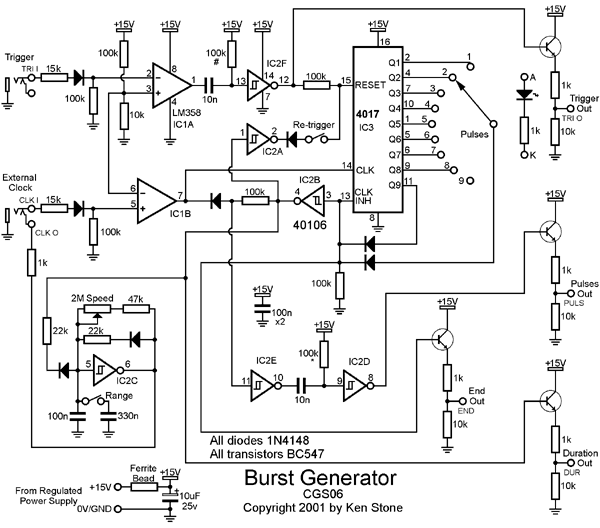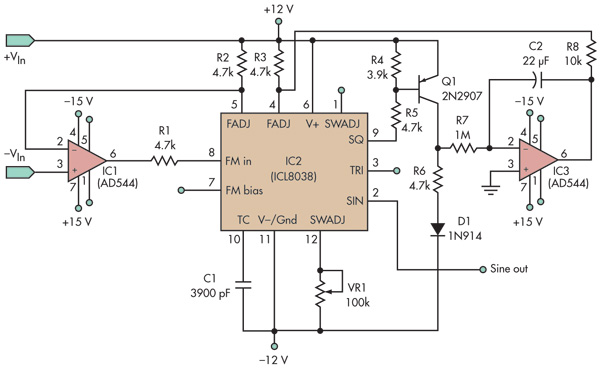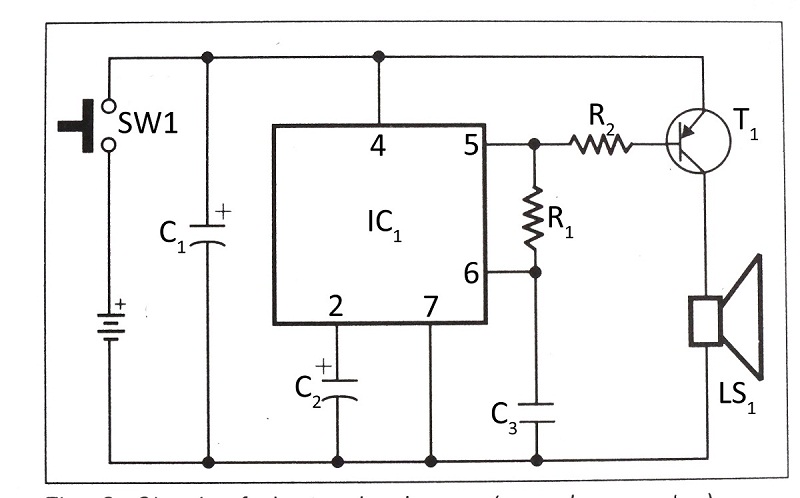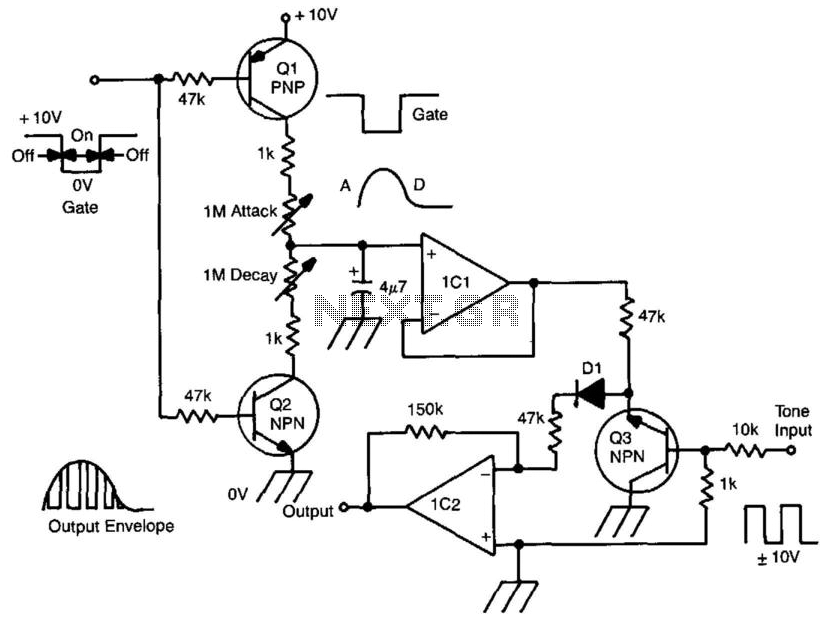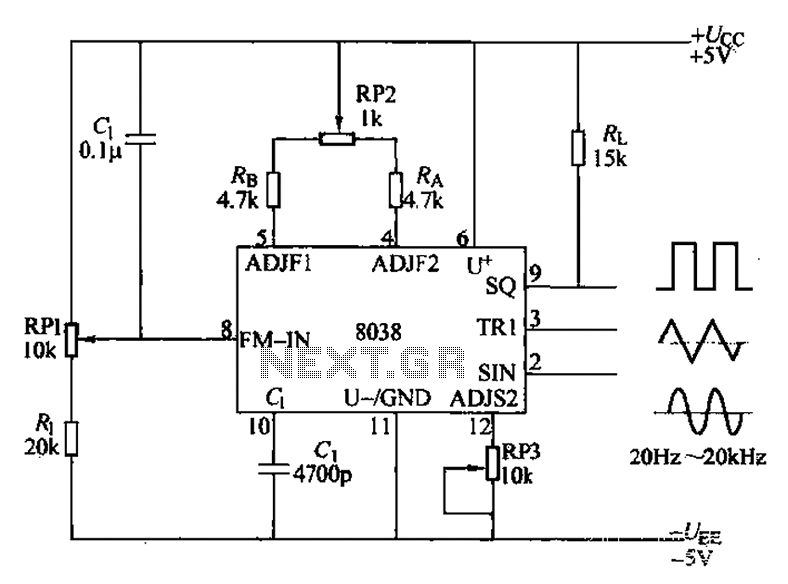
Carbon Arc Beam Generator
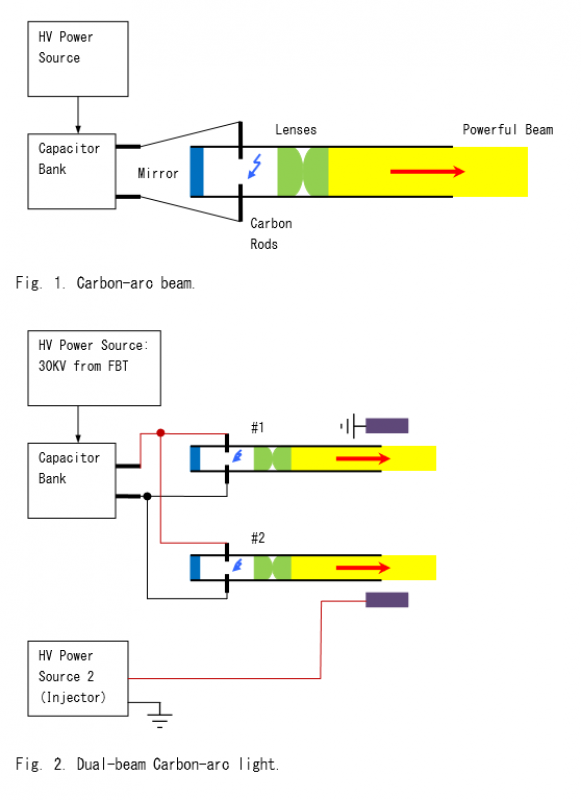
The carbon arc beam was extensively utilized as a searchlight during World War II. A basic configuration is illustrated in Figure 1. The basic beam generator can be modified as shown in Figure 2 to enable high-voltage (HV) electricity to ride the beam. This design has not been tested. Additionally, a dual-beam configuration is necessary to provide an HV return for any ungrounded target. A single beam can be employed if both the HV source and the target are grounded. Ionization occurs through ultraviolet (UV) photons that displace electrons from air molecules.
The carbon arc beam searchlight system is characterized by its ability to generate intense illumination through the combustion of carbon rods. The fundamental operation involves creating an electric arc between two carbon electrodes, which produces a bright light due to the high temperature of the arc. In the basic configuration, the arc is sustained by a direct current (DC) power source, which is essential for maintaining the continuous flow of electricity necessary for the arc's stability and brightness.
In the proposed modification, the integration of high-voltage electricity into the beam presents a novel approach to enhance the system's functionality. By allowing HV electricity to ride along the beam, the design aims to maximize the potential applications of the carbon arc beam, particularly in scenarios requiring both illumination and electrical discharge capabilities.
The dual-beam configuration mentioned is critical for ensuring safe operation when targeting ungrounded objects. In this setup, one beam serves as the primary illumination source, while the second beam acts as a return path for the high-voltage electricity. This arrangement minimizes the risk of electrical hazards and ensures that the system can operate effectively without relying on grounding, which may not always be feasible in field conditions.
Ionization plays a pivotal role in the operation of the carbon arc beam. The emission of UV photons from the arc can ionize surrounding air molecules, creating a conductive path that enhances the efficiency of the electrical discharge. This phenomenon is particularly useful in applications where the beam is used for signaling or as a weaponized system, as it allows for the generation of a plasma channel that can conduct electricity over distances.
Overall, the carbon arc beam searchlight system, with its potential modifications, represents a significant advancement in illumination technology and high-voltage applications. Further testing and development are required to fully realize and validate the proposed designs and their capabilities in practical scenarios.Carbon arc beam was used extensively as searchlight during WWII. Fig. 1 shows a basic configuration. Basic beam generator can be modified as shown in Fig. 2 so that high-voltage (HV) electricity rides the beam. This design has never been tested.
The carbon arc beam searchlight system is characterized by its ability to generate intense illumination through the combustion of carbon rods. The fundamental operation involves creating an electric arc between two carbon electrodes, which produces a bright light due to the high temperature of the arc. In the basic configuration, the arc is sustained by a direct current (DC) power source, which is essential for maintaining the continuous flow of electricity necessary for the arc's stability and brightness.
In the proposed modification, the integration of high-voltage electricity into the beam presents a novel approach to enhance the system's functionality. By allowing HV electricity to ride along the beam, the design aims to maximize the potential applications of the carbon arc beam, particularly in scenarios requiring both illumination and electrical discharge capabilities.
The dual-beam configuration mentioned is critical for ensuring safe operation when targeting ungrounded objects. In this setup, one beam serves as the primary illumination source, while the second beam acts as a return path for the high-voltage electricity. This arrangement minimizes the risk of electrical hazards and ensures that the system can operate effectively without relying on grounding, which may not always be feasible in field conditions.
Ionization plays a pivotal role in the operation of the carbon arc beam. The emission of UV photons from the arc can ionize surrounding air molecules, creating a conductive path that enhances the efficiency of the electrical discharge. This phenomenon is particularly useful in applications where the beam is used for signaling or as a weaponized system, as it allows for the generation of a plasma channel that can conduct electricity over distances.
Overall, the carbon arc beam searchlight system, with its potential modifications, represents a significant advancement in illumination technology and high-voltage applications. Further testing and development are required to fully realize and validate the proposed designs and their capabilities in practical scenarios.Carbon arc beam was used extensively as searchlight during WWII. Fig. 1 shows a basic configuration. Basic beam generator can be modified as shown in Fig. 2 so that high-voltage (HV) electricity rides the beam. This design has never been tested.
Dual-beam is required to provide HV return for any ungrounded target. A single beam may be used if the HV source and target are grounded. Ionization is realized by UV photons by knocking off electrons from the air molecules. By 4beowulf7 - [email protected]
🔗 External referenceWarning: include(partials/cookie-banner.php): Failed to open stream: Permission denied in /var/www/html/nextgr/view-circuit.php on line 713
Warning: include(): Failed opening 'partials/cookie-banner.php' for inclusion (include_path='.:/usr/share/php') in /var/www/html/nextgr/view-circuit.php on line 713
